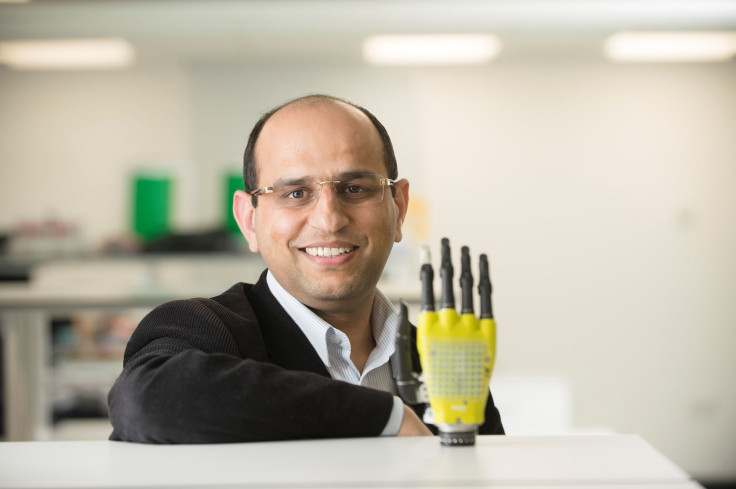Researchers create solar-powered synthetic skin for prosthetics

Scientists from the University of Glasgow have created an artificial skin for prosthetic limbs. The skin is made of graphene and can run on solar energy.
This electronic skin was made by Ravinder Dahiya and his colleagues from the University of Glasgow School of Engineering. Their new device is created using graphene.
Graphene is the world's strongest metal. However, it is also one million times thinner than paper. Its optical transparency also allows 98 percent of light that strikes its surface to pass through. This makes it a good way of gathering solar energy.
Dahiya explained that the human skin is capable of detecting qualities such as pressure, temperature and texture through a complex system. This means synthetic skin must be able to possess these qualities.
Other researchers have already created electronic skin. However, the previous versions needed batteries. For instance, according to the ABC, Standford University's Benjamin Tee and his team have created a flexible plastic skin that can simulate the feeling of "pressure."
Dahiya and his team's improved electronic skin can run on solar power and is more sensitive to touch. The addition of this feature removes the need to use an external battery to use the skin. This also means the device itself will be incredibly lighter.
"The real challenge was 'how can we put skin on top of photo-voltaic and yet allow light to pass through the skin?' That's what we have done," Dahiya said. He added that synthetic skin must be able to make minute measurements of qualities like pressure and temperature. This means amputees using the artificial skin will be able to "feel" pressure and temperature.
According to BBC, the new skin only needs 20 nanowatts of energy per square centimetre. However, Dahiya said they still need to find ways to store the excess energy the skin makes.
They added they are planning on putting the excess energy into batteries. This allows the skin to be functional even without solar power.
Regardless, they are still developing their prototype in the next two years. Unfortunately, Dahiya has not revealed information about releasing their device to the public in the near future.
Meanwhile, the team also plans on trying to find ways to make prosthetic limbs run on renewable energy. This can pave way to a prosthetic limb that is completely capable of generating its own power.
Dahiya added that prosthetic limbs with artificial skin can be extremely useful to robots. He said functions such as pressure and temperature detection can help machines understand objects they have to interact with.
Their paper, named "Energy Autonomous Flexible and Transparent Tactile Skin," is published in the Advanced Functional Materials journal.






